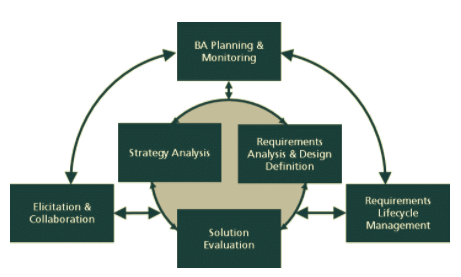Digital transformation (DX) is essential for any business in today’s world of emerging technologies, irrespective of the size of the business. In these ever-changing times, it has become apparent that businesses must adapt to digital transformation to increase their outreach to the wider market and remain relevant and competitive. While most organisations are already adapting to these emerging trends, there is still some clarity needed on what digital transformation really means and what steps should be taken to make this journey successful and worth the time, money or effort spent.
I get that question a lot.
The short answer is “It is the journey of adapting to new, or transforming existing, processes, strategies and culture through digital technologies, to meet the needs of emerging markets and target customers”.
While digital transformation can mean different things to different organisations, the conceptual framework always remains the same. Digital transformation is not just about automating manual processes, moving infrastructure to the cloud, or mobilizing the workforce through remote apps. It is a strategic and cultural change that enables organisations to challenge the age-old norms and standards, be experimental with innovative technologies, adapt to modern methodologies, introduce digital integration and automation and, most importantly, be more risk tolerant. However, it is paramount to carry out sufficient due diligence through business analysis, to elicit the required information, assess the data points and make well informed decisions.
All Digital Transformations initiatives start from anticipation and analysis!
Business Analysis is not just about eliciting and analysing Functional & Non-functional requirements, writing user stories and use cases, managing stakeholders or help the Product Owners with backlog refinement or prioritisation. There is more to it than meets the eye!
Business Analysis Body of Knowledge (BABOK®) defines Business Analysis as the practice of enabling change in an enterprise by defining needs and recommending solutions that deliver value to stakeholders, in the digital transformation journey. Business Analysis can be applied to various initiatives in an enterprise, whether strategic, tactical, or operational and can be within the scope of a project or throughout the enterprise evolution.
With Digital Transformation, the right amount of analysis is key to strike the perfect balance with the value it delivers and not to get stuck in the state of ‘Analysis Paralysis’. Digital transformation can be challenging without an accurate understanding of the business and industry where your organisation operates. Hence, Business Analysis is fundamental to ensure alignment between the business and digital transformations.

Business Analysis areas of expertise (Source – IIBA BABOK®)
Business Analysis in digital transformation should start with Strategy Analysis or Solution Evaluation, but it also depends on the organisational strategy or the stage of the transformation initiative. When analyzing the digital strategy of an organisation or a business function, it is key to understand the relevant factors:
Most digital transformation initiatives are a little complex due to the business and process interdependencies and multiple external factors at play. Solutions become obsolete because of lack of acceptance, usage, relevance, optimization, or meeting expectations. That is why it is significant to have dedicated business analysis personnel at the helm of the journey, to define, elicit, prioritize, verify, validate, and recommend what is required for an organisation to take the leap of faith in their digital transformation journey and achieve the ROI that was envisaged, through its inception to delivery.
There are many techniques that Business Analysts use in a Digital Transformation initiative. Some of the effective ones are:
In a nutshell, there is no single technique for Business Analysts to approach digital transformation. However, performing business analysis processes at strategic, operational, and tactical levels is key to ensure the requirements, stakeholders, governance, and solution align with the business objectives and goals. The real value is conspicuous when the stakeholders make well-informed decisions using the business analysis outcomes.
Learn more about why digital transformation matters here.
Stay up-to-date with the latest news and receive notifications right to your inbox when new articles are published by subscribing now.